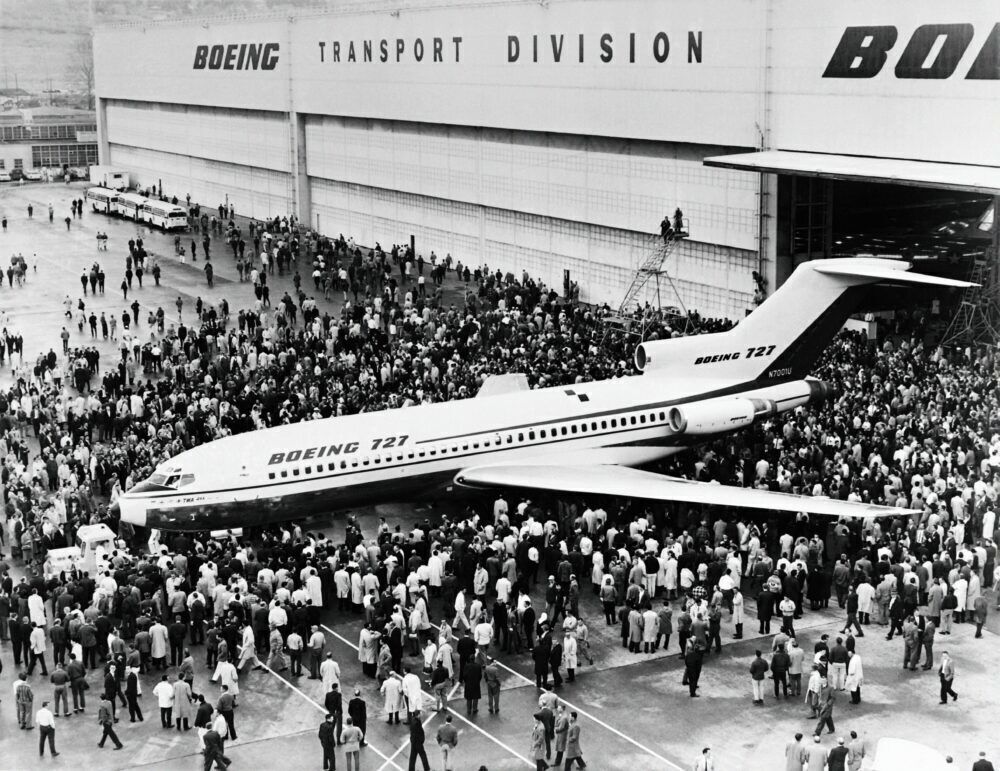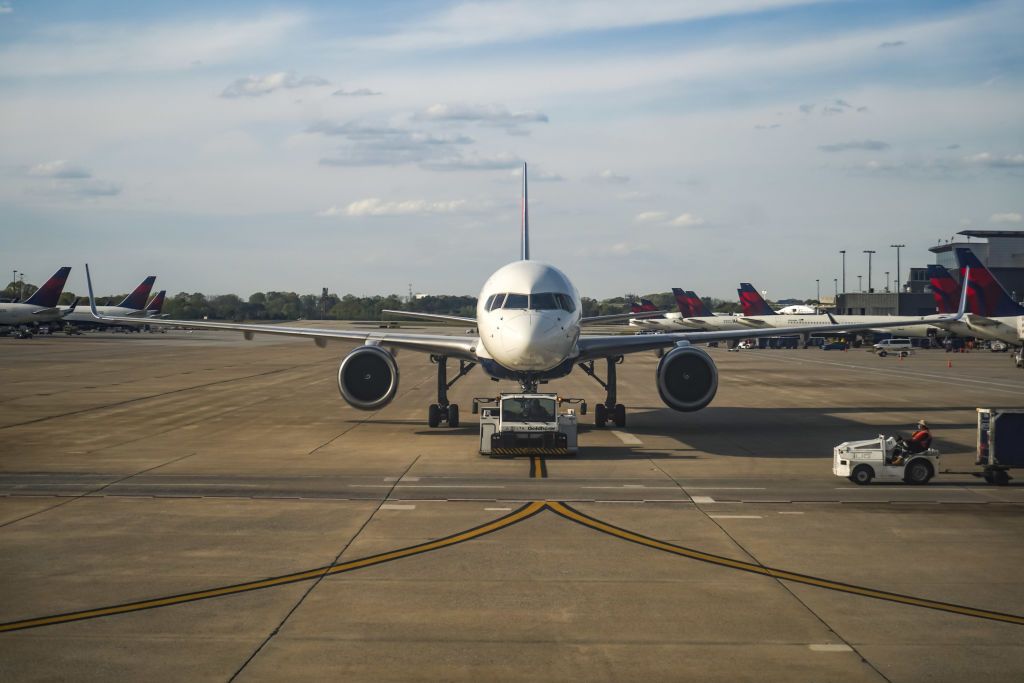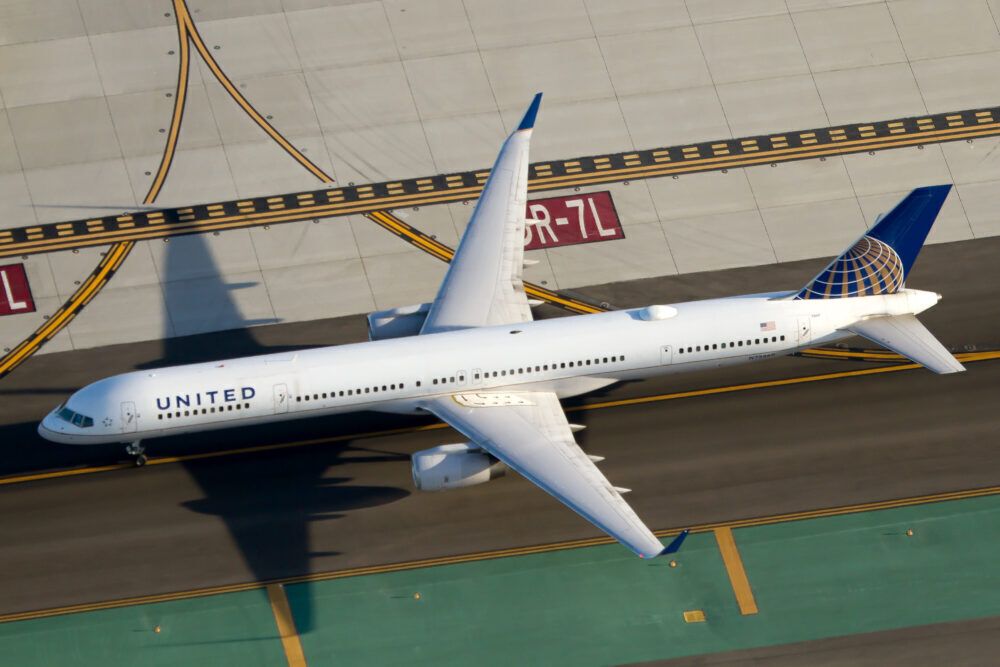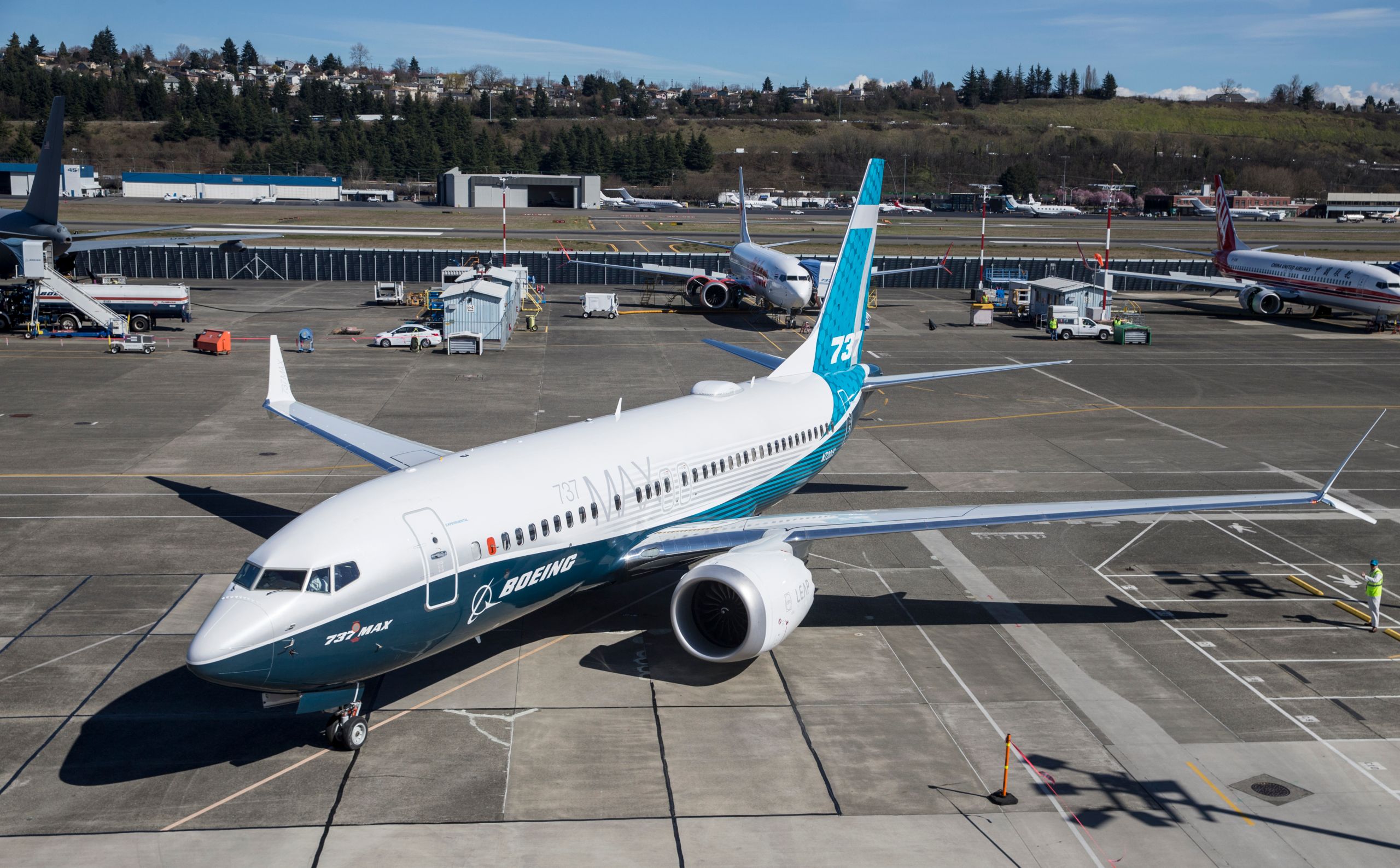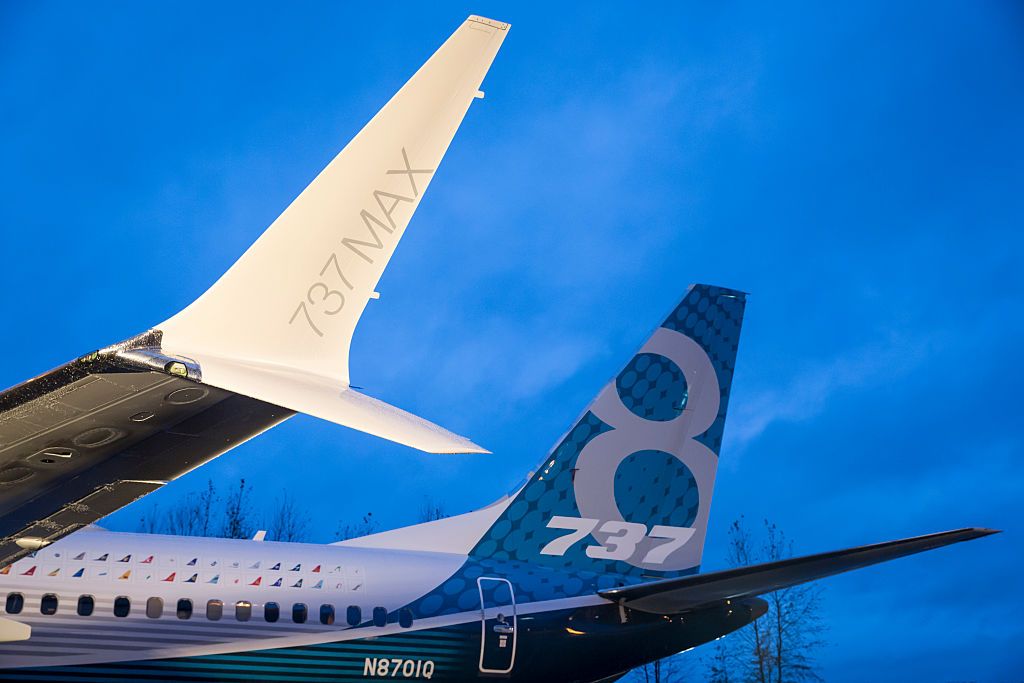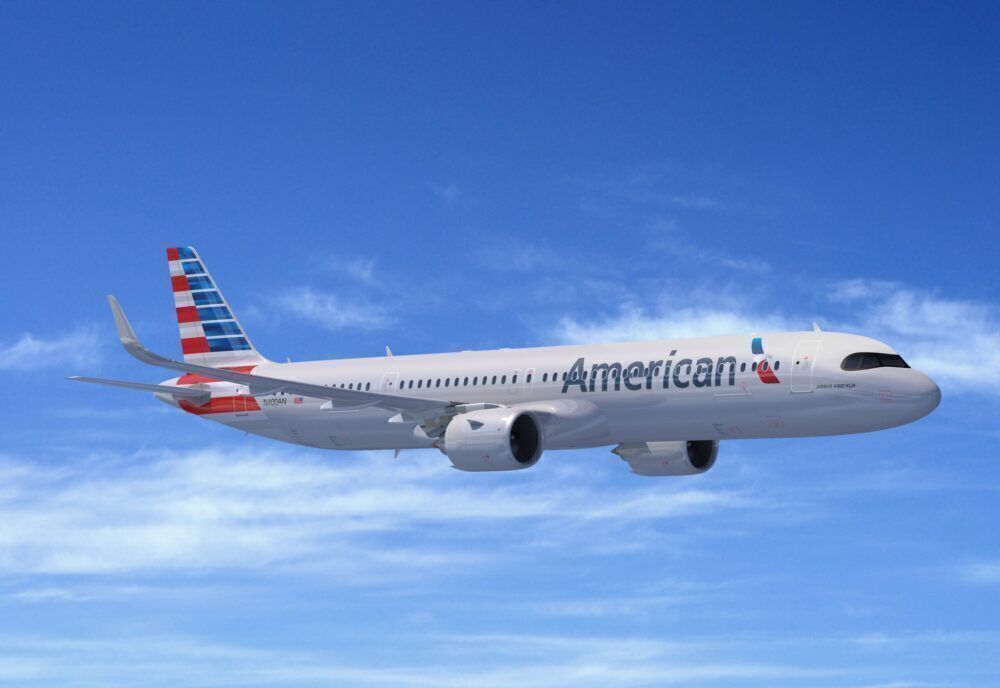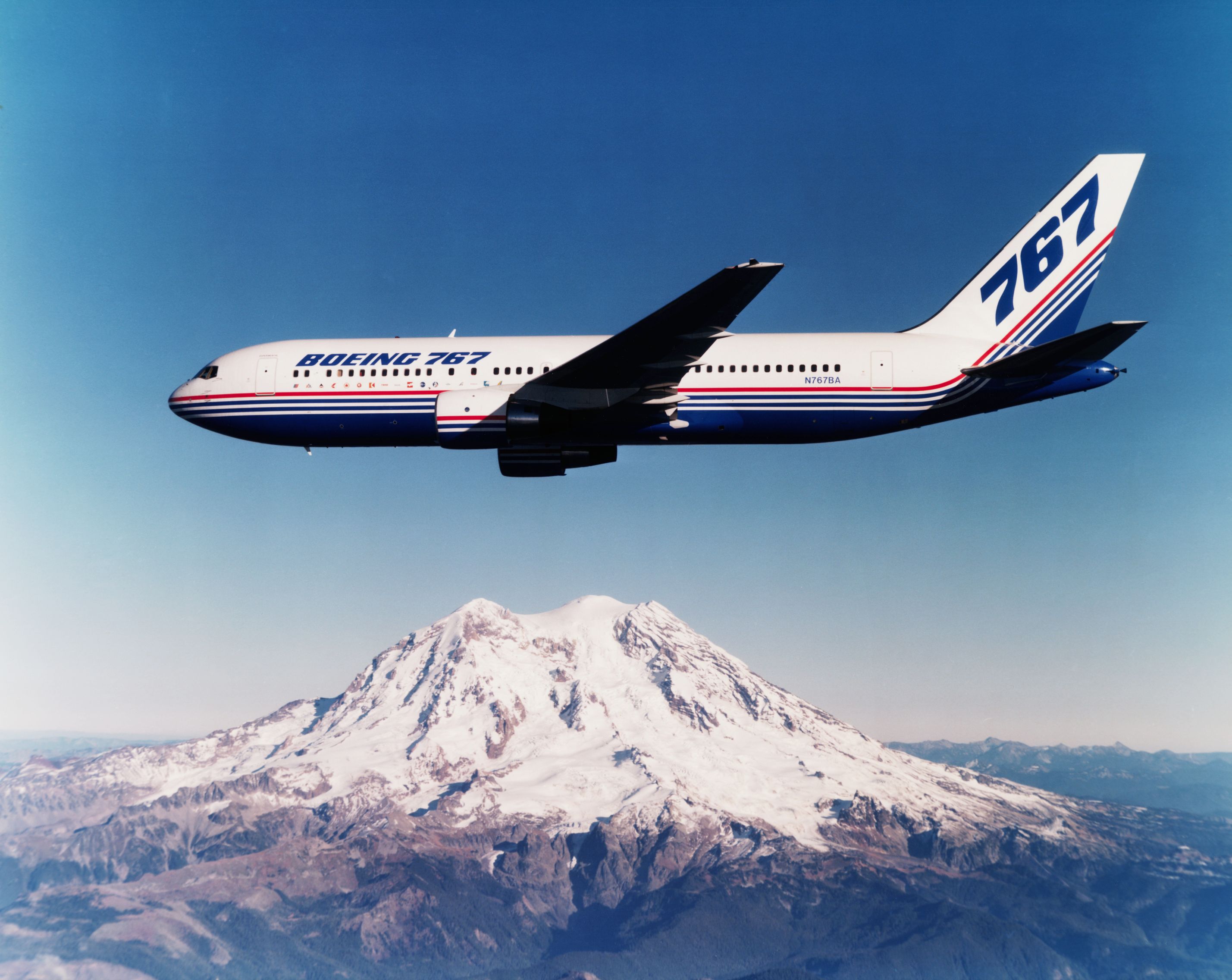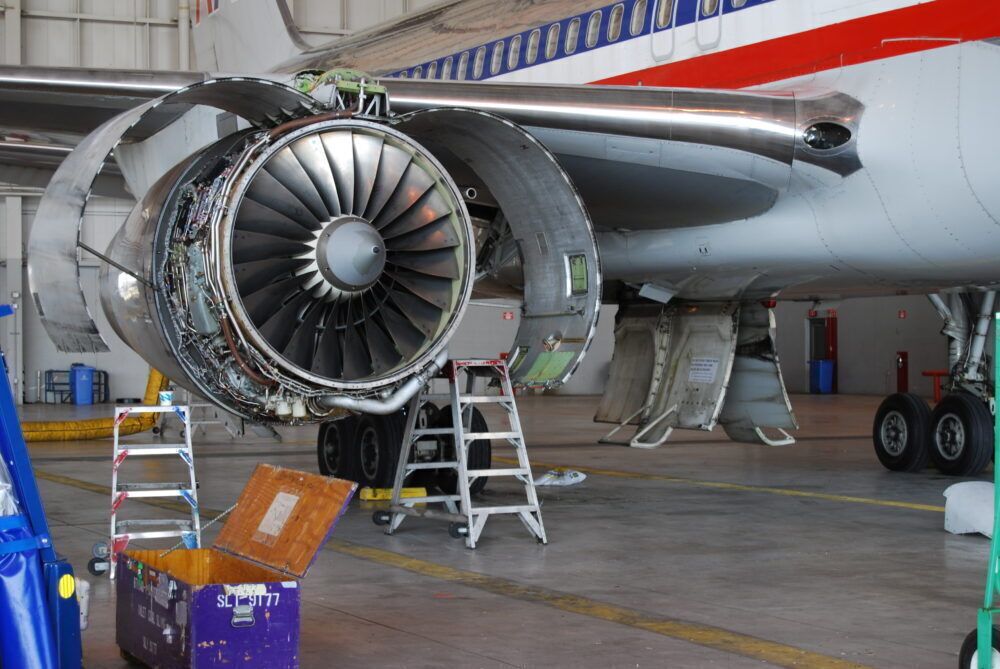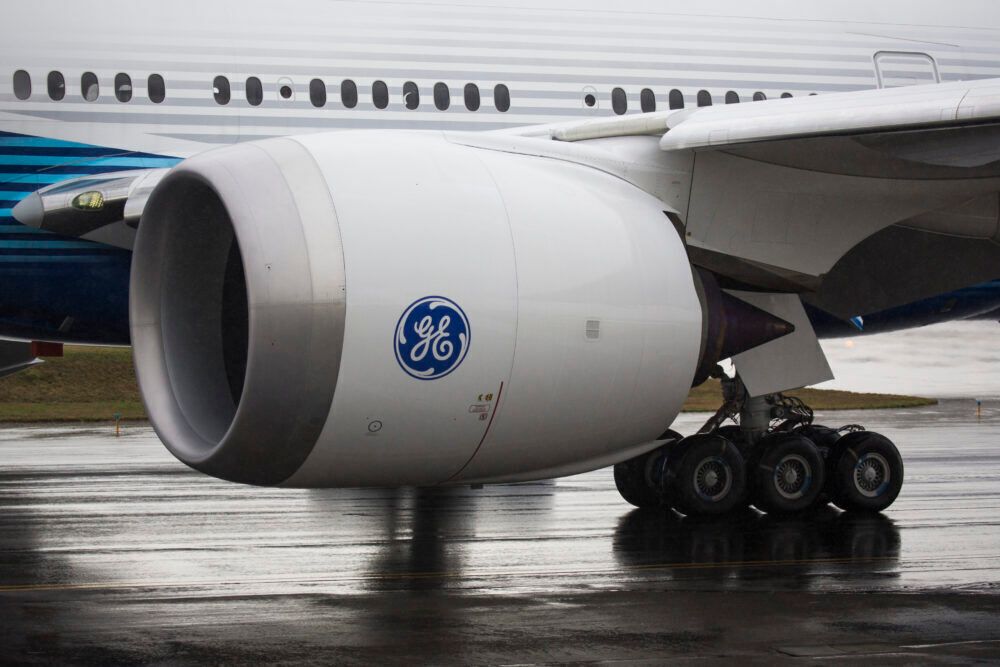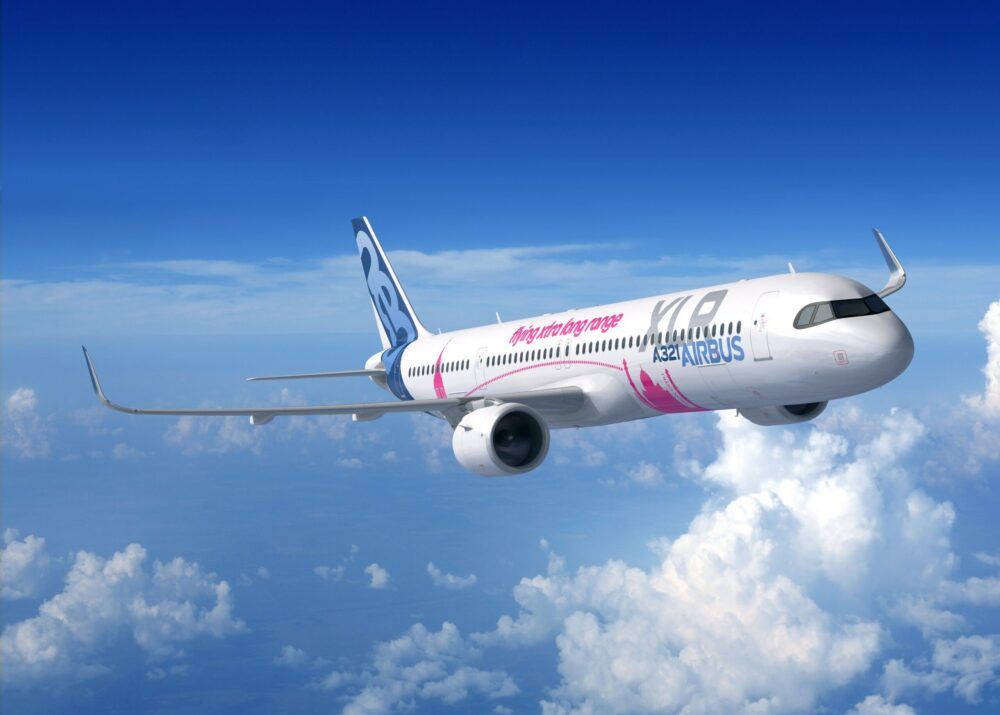The 757 has been a great success for Boeing, with 1,050 aircraft built before production ended in 2004. It found a popular place in airline fleets - with its long range and performance capabilities. Airlines are still struggling to replace it, with the Airbus A321XLR only offering a partial solution. As Boeing considers its next mid-size aircraft, would an update to the 757 be a good option?
The Boeing 757
Boeing developed the 757 as a successor to the popular 727. This early trijet, which followed the 707, had done very well for Boeing, opening up new options for jets on shorter routes and at smaller airports. As a successor, airlines wanted additional capacity and the efficiency of two engines rather than four or three.
The 757 was launched to meet this desire. Boeing was already working on the larger widebody 767 and the 757 inherited from its design - including the two-person cockpit, parts of the interiors, and wing and aerodynamic features.
Boeing originally proposed the 757 with two different-sized variants. The smaller 757-100 would offer a capacity of around 160, but this was dropped due to a lack of interest from airlines.
The first 757-200 entered service with Eastern Airlines on January 1st, 1983. The -200 was also developed into a freighter version, launched in 1987 with UPS. And the larger 757-300 entered service in 1999 with Europen airline Condor.
Unmatched operation
The 757-200 offers a much higher range than other narrowbodies of 3,915 NM (7,250 kilometers). It can easily handle US coast-to-coast flights as well as offering transatlantic narrowbody routes. Later narrowbodies such as the 737 MAX still fail to meet the range of the 757, although the long-range narrowbodies from Airbus do compete.
It is also known for its range and its performance in hot and dry and high-altitude environments. With a higher thrust-to-weight ratio, it can operate from shorter runways with a lower take-off speed and spectacular climb performance.
Popular with airlines
These characteristics have made the 757-200 especially popular with US airlines, with all the major legacy airlines (American Airlines, United Airlines, and Delta Air Lines) operating it. American Airlines was the largest operator (with a fleet of 142 aircraft) but retired them in 2020 amidst pandemic-related fleet simplification. Delta Air Lines then became (and remains) the largest operator.
It has also been a popular choice in Europe. British Airways was one of the first airlines to take the 757-200 and operated a fleet of up to 54 aircraft until retirement in 2010. Icelandair remains a major operator today.
The 757-300, however, was an exception to this, with only 55 aircraft delivered. The increased size led to a reduction in range, and it ended up as a fairly niche offering. The 767 offered a lot more, and the -300s late addition to the program combined with this to restrict its popularity.
A re-launch of the 757 could prove to be an excellent move. If the range can be increased, the higher capacity and ability to operate at smaller airports could ensure solid sales.
Stay informed: Sign up for our daily and weekly aviation news digests.
Ending production with no replacement
Production of the 757 ended in 2004, and Boeing delivered the final aircraft in November 2005 to Shanghai Airlines – the 1,050th 757 built. However, the slowdown seen after 9/11 has significantly reduced demand, and airline interest moved to smaller narrowbodies.
This left Boeing without a direct replacement option for the 757 - much as it still remains today. The 737 MAX offers neither the range nor the hot and short-field performance of the 757 (although it does improve efficiency).
As reported by FlightGlobal in 2015, Boeing did consider revising the 757 a couple of times after this but never saw the business case for this. Several reasons were cited, including the limited demand for that aircraft range and the high cost of 757 productions. Boeing vice-president Randy Tinseth said of the 757:
“That airplane had a unique very unique production system. It was relatively expensive to build compared to the 737."
The Boeing NMA
Boeing knew it needed a new offering in the mid-size aircraft market, but redeveloping the 757 was not the choice. Instead, it planned a new clean-sheet design, referred to as the NMA (New Midsize Airplane, or sometimes the 797).
This was seen as a new design – a replacement for the 757, but most likely taking the widebody form of the 767. Several airlines expressed interest in a new aircraft, and it was a big part of discussions at the Paris Air Show in 2015. Reports suggested it would beat the 757 for both range and capacity - offering a capacity of around 220 and a range of 8,300 kilometers (4500 NM). A higher capacity, lower range variant was also possible.
However, Boeing never launched the project despite interest from key customers, including United Airlines and Delta. And in 2020, Boeing's new CEO decided to take the plans back to the drawing board.
Several factors, including the momentous impact of the pandemic, contributed to Boeing dropping the NMA plans. Boeing was facing ongoing issues with the 737 MAX, taking time and money away from other projects. The launch of the A321XLR also stirred things up. As an imminent and strong competitor, Boeing saw the need to think again about its plans.
Dropping the NMA - new options including the 757X
Dropping the NMA has left Boeing without an offering in the mid-size, long-range market. However, with the market seeing a strong recovery, Boeing could once again be keenfor a clean sheet design to respond to Airbus' growing presence in the field. Previous 757 customers have struggled to find replacements, and it's fair to say that Airbus has now moved ahead with the A321. The A321LR entered service in 2018, taking the range up to 7,400 kilometers (4,000 NM).
The A321XLR will go further with a range of up to 8,700 kilometers (4,700 NM)]. Several airlines are seeing the A321XLR as a 757 replacement. It works for capacity and range but lacks the performance characteristics of the 757. Notably, Airbus completed its first flight test of the plane this summer.
This leaves Boeing will several options for what to do next. Doing nothing seems unlikely as it would effectively hand the mid-size market over to Airbus.
A new clean-sheet design would be great, but this would take a long time to develop and bring to market, as well as coming at a much higher cost. On the other hand, an update to an existing aircraft would be much faster and less expensive. It would also enable commonality with earlier models.
The 737, 757, 767, and 787 are all possibilities for updates:
- There have been rumors in the past about an update to the 737. For this to give real benefit over the MAX, however, surely a new design is needed.
- An updated 767X has also been rumored in the past. It would likely be based on the 767-400ER, re-engined with the General Electric GEnx engine.
- And if Boeing wants to go with a widebody, a revised short-haul 787 is possible. A 787-3 variant was originally proposed, with a capacity of 290 to 330 (in between the 787-9 and 787-10) but the same size as the 787-8. And of course, 787 production lines are currently in place.
How could the 757 be updated?
An update to the 757 could be based on the 757-200 or the longer, higher capacity 757-300. It is unlikely that Boeing would lower the capacity and return to the 757-100 variant proposed at launch. The 757-200 was the much more popular aircraft, but with updates and a longer range, the 757-300 could succeed this time.
The most important upgrade to the 757 would be new engines. Engine technology and efficiency have moved on a great deal since the launch of the 757.
The 757 uses either Rolls-Royce RB211 or Pratt & Whitney PW2000 engines. These are high thrust engines not used on any other narrowbodies. To achieve the power of the original 757, new engine development would be needed. Leeham News looked at this possibility in 2015, concluding that Pratt & Whitney was the most likely option.
Re-engining is nothing new. Engines upgrades have been made to the 737 since the 1970s, continued, of course, today with the 737 MAX. And the much anticipated upcoming 777X is an enlarged and re-engined 777. But developing a new efficient, high-thrust engine would be costly.
It would obviously have to stay with a metal fuselage rather than the composite design of the 787 or A350. But that has not hindered the development of the 737 or 777 into new variants, with engine and wing improvements bringing efficiency improvements. Wing design could be updated, though, and feature more of a composite construction.
A longer range could also be a possibility. Some of this would come from improved efficiency, but additional fuel tanks could be considered, especially if the 757-300 is seen as an option. Airbus has, of course, done this with the A321LR and A321XLR. The A321XLR adds additional fuel tanks and strengthened landing gear for the extra weight.
Will it happen?
Boeing clearly needs to decide on something in the mid-sized market. It knew this before, with NMA plans, and it has become more pressing following Airbus' early success with the A321XLR. There has also been talk of Airbus going further with an A322 stretch, but this seems like just a rumor at the moment. The current slowdown may have bought some time, but it needs to move quickly to catch up with Airbus as the market improves.
A new clean sheer design seems unlikely. Boeing was ahead when it launched the clean-sheet 787 - and Airbus changed its plans to develop the A350XWB to compete.
Any update has its challenges. An updated '757X' has already been ruled out once on cost. And it would require a new production line and most likely newly developed engines. But a narrowbody has advantages in airport operation, and the 757 has already proved its popularity with airlines. We will have to wait and see what decision Boeing makes - but hopefully, it will come soon.
Nonetheless, Boeing hinted this summer that it would not pursue the development of the NMA for at least a few years until considerable progress has been made on the next generation of engines and until new digital development instruments are right for deployment. It could be of the same notion when it comes to the 757X.
Do you think Boeing will opt to update the 757? If it does, what engine and other changes do you think we would see? Let us know what you think of the overall prospects in the comment section.
Source: FlightGlobal; Leeham News

.jpeg)
